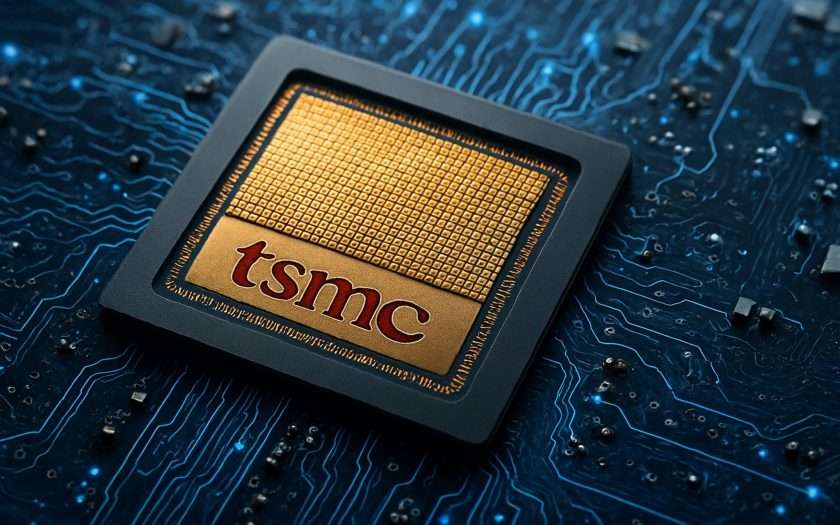 Taiwan Semiconductor Manufacturing Company (TSMC) has long been the backbone of global chip production, but its latest strategic manoeuvre an expansive investment in U.S. manufacturing signals a shift from operational excellence to geopolitical agility. In an era where trade policy can reshape entire industries overnight, TSMC’s $100 billion commitment to build and expand fabrication facilities in Arizona has done more than secure supply chain resilience. It has positioned the company as a domestic ally in America’s semiconductor ambitions, earning it a critical exemption from the 100% tariffs recently announced by former President Donald Trump.
Taiwan Semiconductor Manufacturing Company (TSMC) has long been the backbone of global chip production, but its latest strategic manoeuvre an expansive investment in U.S. manufacturing signals a shift from operational excellence to geopolitical agility. In an era where trade policy can reshape entire industries overnight, TSMC’s $100 billion commitment to build and expand fabrication facilities in Arizona has done more than secure supply chain resilience. It has positioned the company as a domestic ally in America’s semiconductor ambitions, earning it a critical exemption from the 100% tariffs recently announced by former President Donald Trump.
The tariff policy, aimed at curbing reliance on foreign-made semiconductors, sent shockwaves through the industry. Yet TSMC emerged untouched, thanks to its early and aggressive alignment with U.S. industrial policy. Trump’s message was unequivocal: companies that invest in American soil will be rewarded, and those that don’t will face steep penalties. TSMC’s proactive stance not only shielded it from punitive trade measures but also reinforced its strategic relevance in Washington’s push for chip sovereignty.
This exemption is more than a regulatory win. It is a competitive advantage. While rivals scramble to reassess their global footprints, TSMC is already embedded in the United States ecosystem, with five fabs planned across Arizona and additional partnerships underway. The company’s ability to anticipate policy shifts and respond with capital deployment underscores its maturity as a global operator and its foresight as a market leader.
Financially, the company’s Q2 2025 results validate the strength of its strategy. TSMC reported NT$933.79 billion in revenue, approximately US$30.1 billion, marking an 11.3% sequential increase. Net income reached NT$398.27 billion, with earnings per share rising to NT$15.36, representing a 60.7% year-over-year surge. Operating margins remained robust at 49.6%, driven by continued demand for advanced nodes, which now account for 74% of wafer revenue.
The outlook is equally compelling. TSMC projects 30% revenue growth in USD terms for the full year, fuelled by accelerating demand in Artificial Intelligence (AI), high-performance computing, and next-generation mobile applications. Its N2 (2nm) process technology is on track for volume production later this year, reinforcing its leadership in advanced fabrication and setting the stage for further margin expansion.
Beyond the United States, TSMC continues to diversify its global footprint with new facilities in Japan, Germany, and China, supported by billions in government subsidies. However, it is the Arizona investment that stands out, not just for its scale, but for its strategic timing. In a landscape increasingly shaped by national security concerns and supply chain realignment, TSMC’s United States presence offers both insulation from policy risk and proximity to key customers.
TSMC Share Price NYSE
TSMC (NYSE: TSM) makes up 11% of my US stock portfolio. As you can see from the above, TSMC share price had gone up by 15.64% YTD (Year-To-Date).
My Thoughts on TSMC 100 billion US Investment
For investors, the implications are clear. TSMC is no longer just a manufacturing powerhouse. It is a geopolitical asset. Its ability to navigate regulatory environments, deploy capital with precision, and deliver consistent financial performance makes it a rare blend of resilience and innovation. As the semiconductor industry enters a new phase of strategic competition, TSMC’s positioning offers a compelling case for long-term value creation.


